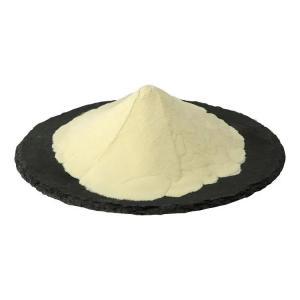Phospholipid-based drug delivery
Time:2024-01-05
Phospholipid-based drug delivery systems have gained attention in the pharmaceutical field due to their ability to improve the solubility, stability, and bioavailability of drugs.These systems use phospholipids, which are natural components of cell membranes, to create delivery vehicles for therapeutic agents.
Liposomes are spherical vesicles composed of phospholipid bilayers.They can encapsulate both hydrophilic and hydrophobic drugs within their aqueous core or lipid bilayers, providing a versatile drug delivery platform.
Phospholipid micelles are formed when amphiphilic phospholipids self-assemble in an aqueous environment.Micelles can solubilize hydrophobic drugs in their core, enhancing drug delivery and bioavailability.
Phospholipid-based nanoemulsions are colloidal systems that consist of oil droplets stabilized by phospholipids.They can be used to encapsulate lipophilic drugs and improve their solubility.
Solid Lipid Nanoparticles (SLNs) are nanoparticles composed of solid lipids, often stabilized by phospholipids.They offer controlled drug release and improved drug stability, especially for lipophilic compounds.
Nanodisks are discoidal nanoscale structures composed of a phospholipid bilayer stabilized by apolipoproteins.They can encapsulate hydrophobic drugs and provide a stable delivery system.
Transfersomes are flexible vesicles containing phospholipids and edge activators, allowing them to deform and squeeze through pores.They are designed for improved drug penetration through the skin.
Ethosomes are ethanolic phospholipid vesicles that enhance the permeability of drugs through the skin.They are particularly useful for transdermal drug delivery.
Some drug delivery systems combine phospholipids with other materials, such as polymers or nanoparticles, to create hybrid systems with enhanced drug delivery properties.
Advantages of Phospholipid-Based Drug Delivery Systems:
Biocompatibility: Phospholipids are biocompatible and biodegradable, reducing the risk of toxicity.
Enhanced Solubility: Phospholipids can improve the solubility of poorly water-soluble drugs.
Targeted Delivery: Functionalization of phospholipid-based systems allows for targeted drug delivery to specific cells or tissues.
Reduced Side Effects: Controlled release from phospholipid-based systems can help minimize side effects.
Improved Stability: Phospholipids can stabilize drugs, protecting them from degradation.
These drug delivery systems offer potential solutions to challenges associated with traditional drug formulations and have applications in various therapeutic areas, including cancer, infectious diseases, and dermatology.Researchers continue to explore and optimize phospholipid-based drug delivery for improved drug efficacy and patient outcomes.


 CN
CN





